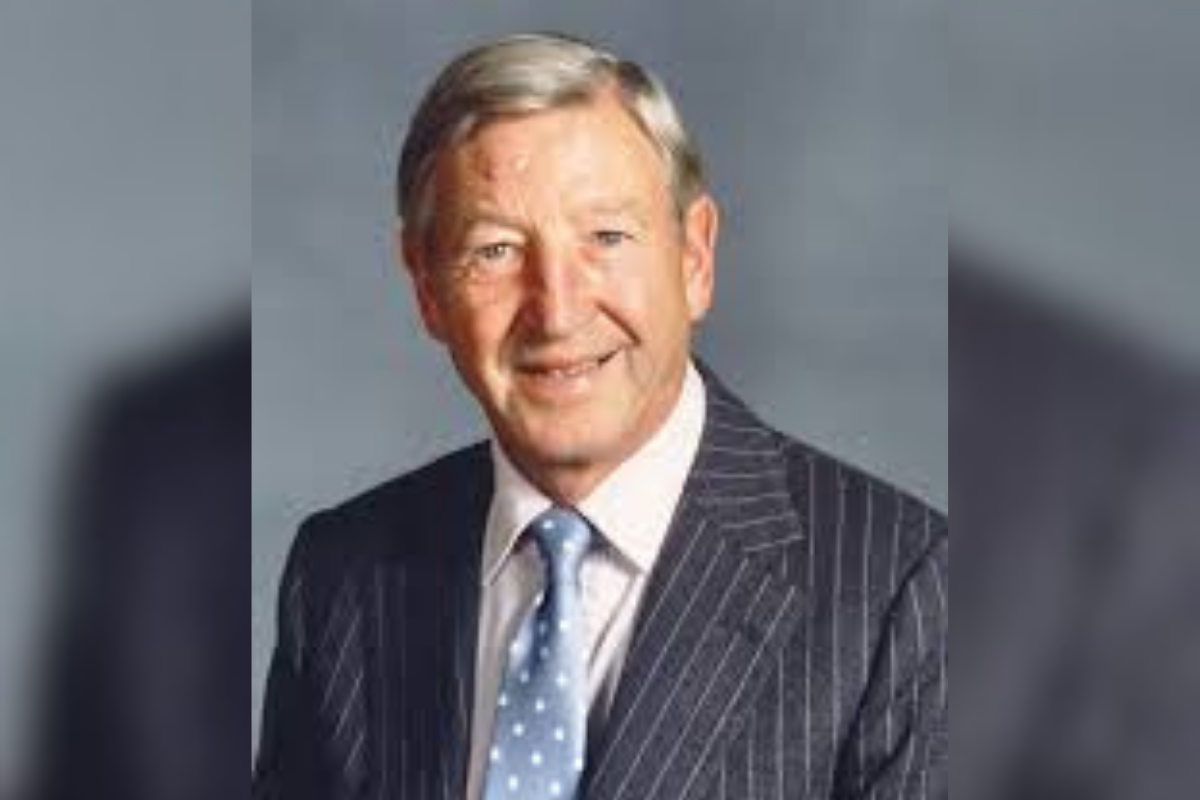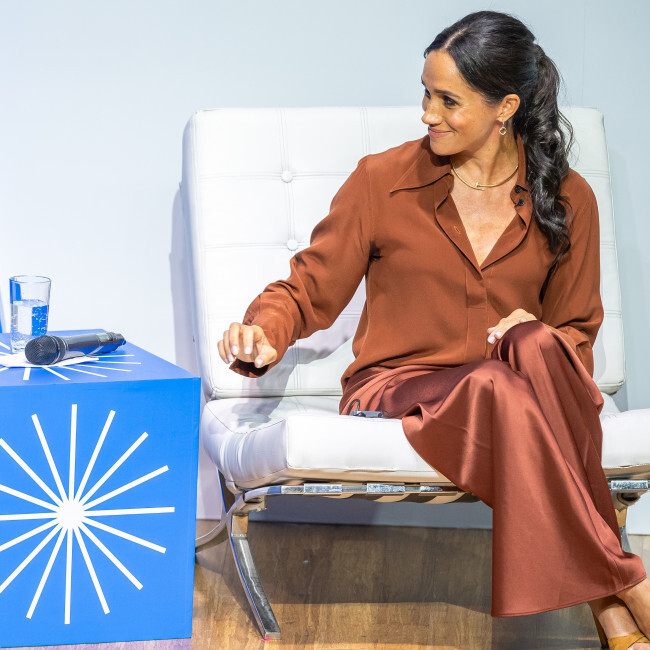Lincolnshire County Council Elections: What You Need to Know
Residents across Lincolnshire and other parts of England are gearing up for local elections on May 1, a pivotal moment that will test the current Labour government's standing among voters. With elections taking place in 23 councils across England, including 14 county councils and eight unitary authorities, the political landscape could see significant shifts. The elections also mark the final set of polls to be held by Lincolnshire County Council before the anticipated reorganization of local government structures by April 2028.
The introduction of photo ID requirements at polling stations, a measure first enforced in England in 2023, has added a new layer of preparation for voters. Accepted forms of ID include passports, driving licence photocards, and blue badges, among others. Those without the necessary ID must apply for a voter authority certificate by the deadline, highlighting the importance of voter readiness in this electoral cycle.
Amidst the logistical preparations, the political stakes are high. The Labour government, facing its first major electoral test since coming to power, is up against a backdrop of public discontent over the cost-of-living crisis, despite its achievements in healthcare and public finance management. The elections will not only reflect the public's current political leanings but also set the tone for future governance and policy directions in the regions.
As the deadline for photo ID applications looms, electoral officials urge voters to ensure they are prepared for election day. With the polls opening at 7am and closing at 10pm on May 1, the focus is on facilitating a smooth and accessible voting process for all eligible citizens. The outcome of these elections will undoubtedly have lasting implications for local governance and the broader political landscape in England.





